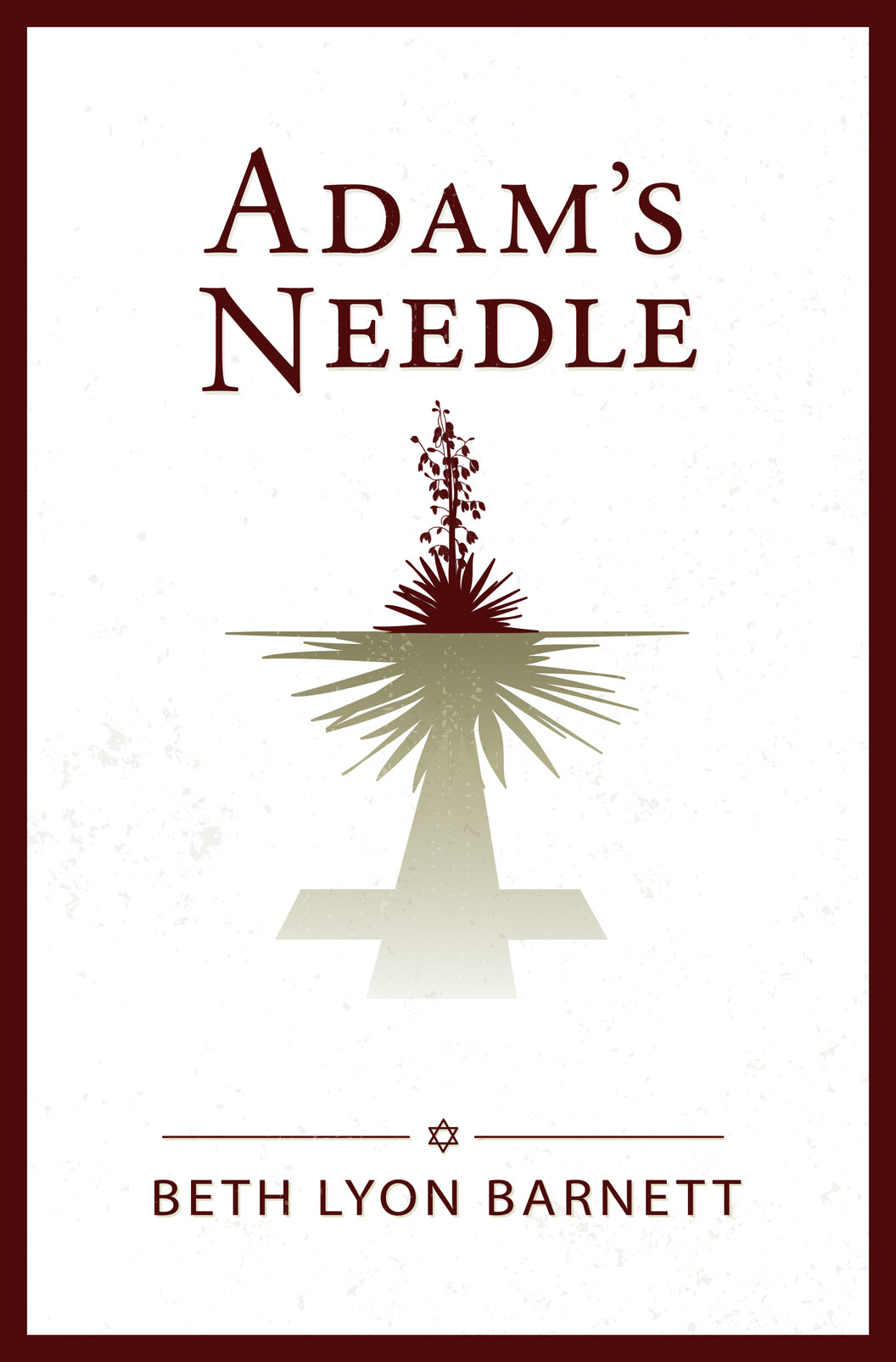PINKY SAYS: THE DIVINE RAPHAEL
When William Rockhill Nelson began the development of the the Nelson Art Gallery in Kansas City it was conceived to be a final location for his collection of Raphael copies. The copies of works by Raphael decorated the walls of his house, Oak Hall, which stood on the land where the Nelson was finally built. Nelson had commissioned 20 or 25 copies of works by Raphael and he decided that Kansas City needed an art museum to house them. He had chosen wisely in that Raphael was indeed an accepted and celebrated artist of the Renaissance. In fact during his lifetime he was the most sought after artist in Rome. But as we look at Raphael’s work today our assessment of the Italian Renaissance has subtly shifted. Landmark reappraisals in major European museums have offered fresh insight into Leonardo, Caravaggio, and Botticelli in the last 7 years. 21st century taste and connoisseurship have fostered an appreciation of violent realism and neurotic ambiguity. Mind that we are not concerned with Nelson’s collection of copies, but what has occurred in the consideration of the bona fide Raphael works? By contrast with these earlier Renaissance artists Raphael seems more graceful and serene but nevertheless increasingly remote. Recent exhibitions have dealt with final works of the artist which emphasize a darkening vision, a seeming transition, an anxiety . These nuances accord with contemporary sensibilities without detracting from the display of virtuosity to be found in them.Raphael was born in Urbino and trained and worked in his father’s studio. Orphaned at the age of 11 it is suggested that he had already developed the charm and ease of courtly style. He became the assistant a to Umbrian master Perugino in his teens, then travelled around and settled in Florence where, according to Vasari, he stood confounded in astonishment and admiration before Leonardo. But Raphael was cut from different cloth from both Leonard and Michelangelo. His courtly charm and ease contrasted favorably to their stormy arrogance. In 1508 Raphael settled in Rome under the patronage of Pope Julius II. He was exposed to classical antiquities and the works of the giants of the high Renaissance. His own work adopted their expressive force. He produced a series of Madonnas picking up the new level of depth in the picture plain and he developed his own unique painting style. His nature style rapidly emerged in vast decorative projects such as the frescoes for the “Stanze”, the reception rooms for the Vatican. He was widely acclaimed for The School of Athens and the Triumph of Religion, works still thrilling to view to this day. Literally scores of philosophers, writers, and cartoons for the Sistine Chapel tapestries. He had achieved stardom in the Vatican that astounded the pope and the entire Roman clergy. He was able to express humanism and philosophy with his art. In order to complete all the commissions that he received it was necessary to create a huge workshop. He had 50 assistants and the largest studio in Rome. Thus today it is a fascinating and sometimes frustrating enterprise to determine which works distinguish the hand of the master when authorship is disputed. The sheer variety of Raphael’s stylistic experiments and innovative designs are a scholar’s paradise.We cannot speak of Raphael as an old master. He was 37 when he died of a sudden fever (rumor would have it that he died of sexual excess) , but his last work held an exhilarating range of monumentality, psychological depth and pictorial inventiveness not seen in his earlier paintings. Some of the soft serenity and grace has disappeared from his religious commissions, replaced by flamboyant life size figures against deepening violet-blue skies. Cecilia, his emblem of classical female beauty contrasts with swarthy bulky St. Peter. There is sinuous elegance in the cooly controlled Mary Magdalene. The magnificent balance of his Renaissance composition presents heavenly harmony versus human temporality. The equilibrium between vivacity and stability actually energizes the intimate secular portraits that he created too. His portraits are carefully modeled yet freely flowing figures that seem to be breathing life. Raphael mesmerized his peers with this work at the time of his early death. The works of this period in Raphael’s life fixed the grand manner of idealized yet naturalistic representation for centuries into the future when Rembrandt, Ingres, Delacroix and Renoir held sway.And yet there is always the presence in Raphael’s work of the influence of Leonardo. Dialogue with Leonardo was a lifelong experience for the divine Raphael. We can wonder what might have come about if Raphael had survived to an old age as Leonardo did. There is a theory that artists who succeed to old age share a sense of isolation, a feeling of holy rage which develops into what is called transcendental pessimism– a mixture of reason, a belief in instinct. They tend to use rougher brush stroke technique. They put creative disquiet on canvas and this makes for unpleasant company but impressive art. We can only mourn that Raphael did not live longer, for his work just before he died has these qualities of rage and strength. Perhaps he grew older and wiser more rapidly before it was time for these qualities to normally develop. And the copies? The Raphael Madonna copies can lie peacefully in the Nelson storage rooms; that is where they belong. The painter’s true greatness lies in his last works which point forward to the many directions that his art might have taken.


Leave a Reply to Patricia Plake Cancel reply